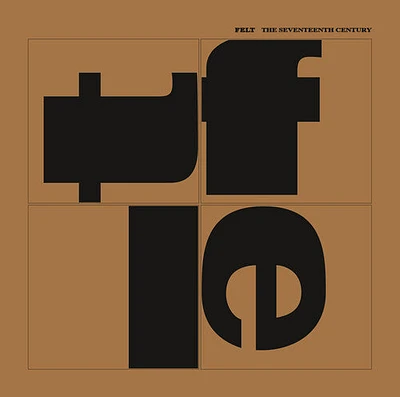Home
Osaki Hachiman: Architecture, Materiality, and Samurai Power in Seventeenth-Century Japan
Loading Inventory...
Barnes and Noble
Osaki Hachiman: Architecture, Materiality, and Samurai Power in Seventeenth-Century Japan
Current price: $62.00


Barnes and Noble
Osaki Hachiman: Architecture, Materiality, and Samurai Power in Seventeenth-Century Japan
Current price: $62.00
Loading Inventory...
Size: OS
*Product Information may vary - to confirm product availability, pricing, and additional information please contact Barnes and Noble
Osaki Hachimangu (1607), located in Sendai, Japan, is one of only a handful of surviving buildings from the Momoyama period (1568–1615). The shrine is a rare example of “lacquered architecture”—an architectural type characterized by a shiny, black coat made of refined tree sap and evocative of transitory splendor and cyclical renewal. The shrine’s sponsor, the warlord Date Masamune, was one of the last independent feudal lords of his time and remains famous for dispatching diplomatic missions to Mexico, Spain, and Rome. Although his ambitions to become a ruler of Northern Japan were frustrated, his shrine stands as a lasting testament to the political struggles he faced, his global aspirations, and the cultural cloak by which he sought to advance these objectives.


















